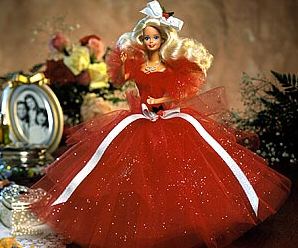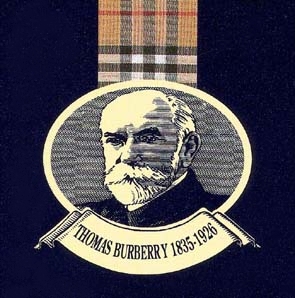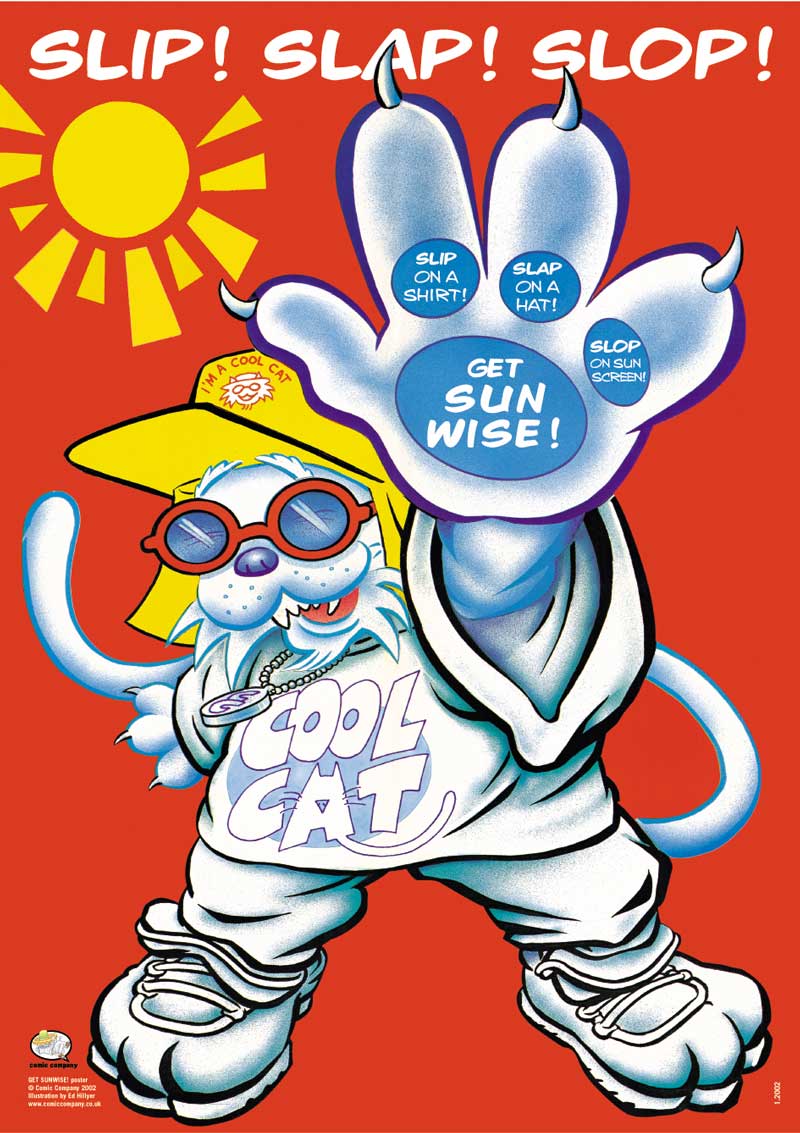
"The sale of the appleless apple juice product earned the Beech-Nut Corporation approximately $60 million over a ten-year period."(http://socyberty.com/crime/the-beech-nut-apple-juice-scandal/)
Beech-Nut company decided to lower cost by changing their apple juice supplier and from that earn more money from their sales. But what the real problem was that there was no real apple juice, it was some mix of chemicals that had apple juice flavor.
What happens is that they did a false advertising and that's illegal, second the main target market for the apple juice were children.There was no article that said that no one was harm from this but yet it was not healthy to feed the little one with such an unhealthy product.
They had this going over more than 10 years without a problem until an investigator decided to do an research and found out what was really going on. As soon as he found out what was going on, he began to use the law against them. The process took more than 2 years to have a settlement were the CEO's of the chemicals supplier and Beech-Nut ended up in jail and the companies had to pay a fine.
The worst part was that even though they knew what was going on while they had a chance they distributed the product to different countries and locations The product was sold with a discount, so they can still earn money for what was left on their appleless juice.












